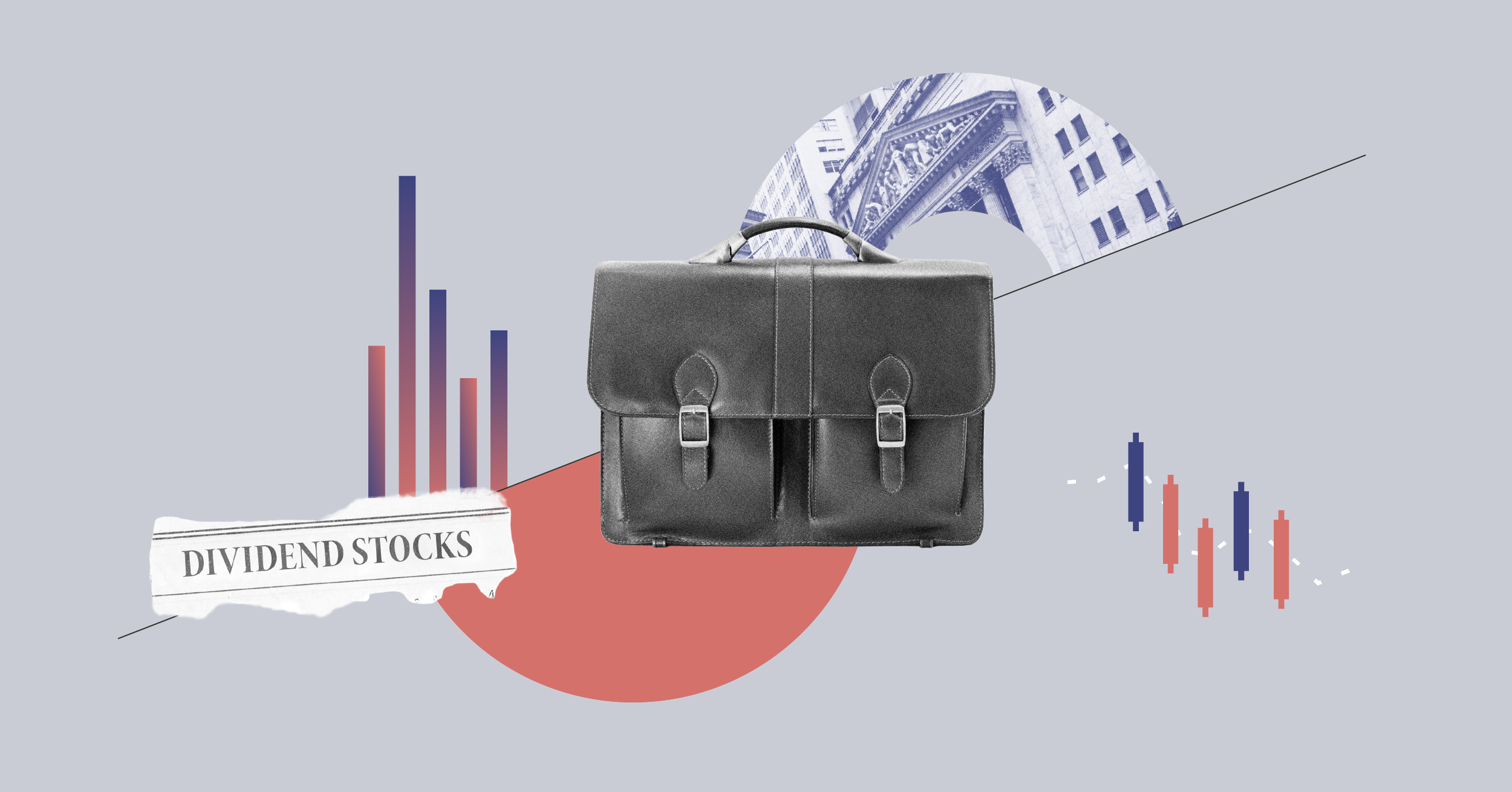
When the future is uncertain, diversification is key. This has been the mantra of proponents of 60/40 portfolios (60% stocks/40% bonds) commonly known as ‘balanced portfolios', and the bedrock of several strategies adopted both by institutional and individual investors around the world.
But this strategy is not without risk, prompting some investors to question the benefits of this approach.
During the first quarter of 2020, a simple 60/40 portfolio for a US investor had one of the largest drawdowns since the 60s, according to a Goldman Sachs research report. “This followed a decade of very strong risk-adjusted returns for balanced portfolios, supported by a combined bull market in equities and bonds but negative equity/bond correlations,” the report goes.
Balanced Did Its Job
Although this typical balanced portfolio had a difficult first quarter in 2020, its returns subsequently improved. And so far this year, the outperformance of equities (on a global basis) has outweighed the poorer returns from bonds.
Performance of 60/40 Portfolio and Correlation of Asset Classes Over Time
As Jason Kephart, senior analyst at Morningstar, recently put: “Ironically for the 60/40 doomsayers, those same factors that caused interest rates to spike also spurred strong stock returns that more than outpaced the losses in the bond portfolio.”
This might not come as a complete surprise. In a typical economic recovery, the yield curve tends to steepen, and equity returns usually improve.
Everything’s Expensive
Yet the fact that both bond and equity markets are now expensive might puzzle some investors. When valuations are high for both asset classes, prospective returns are low and the risk of drawdown potentially increases. The crash of financial markets last year was a painful illustration.
But this puzzling environment has been around for some time now. Therefore, isn’t there a risk of a higher correlation between bonds and stocks that would undermine a key attraction of a balanced portfolio?
Year after year, the very low interest rate environment created by central banks has forced many investors to increase their risk exposure to find more decent returns. Some even have traded risk for illiquidity and endorsed alternative asset classes such as private equity, real assets (such as infrastructures), higher-yielding asset classes (high yield, emerging debt) or fancier but riskier assets such as cryptocurrencies.
“This temptation to increase exposure to less liquid asset classes to find income and compensate for the lower yield of traditional asset classes is risky,” reminds Clemence Dachicourt, a senior portfolio manager with Morningstar Investment Management Europe. “Over time, bonds have shown they still can play a role in diversifying risk and be a safe haven for portfolios,” she adds.
Passed the Test
“The first quarter of 2021 showed that even the worst quarter for U.S. investment-grade bonds in the last 20 years wasn't enough to derail the classic 60/40 portfolio”, says Jason Kephart.
So what’s the take for investors. As long as the correlation between traditional asset classes doesn’t shift dramatically and the portfolio continues to rise over time, then holding a 60/40 portfolio still makes sense.
That doesn’t mean investors shouldn't consider some alternative mixes but perhaps hold those on the margins and keep your core in stocks and bonds. Although, instead of holding broad indexes, they might want to consider diversifying by adding buckets of individual stocks and bonds.
At the end of the day, the most important risk any investor should always think about is the permanent loss of capital and the loss of purchasing power. The 60/40 portfolio still offers the best defence. And even it if did seem to veer off course at one point, it could have been by design.
©2021 Morningstar. All rights reserved. The information, data, analyses and opinions presented herein do not constitute investment advice; are provided as of the date written, solely for informational purposes; and subject to change at any time without notice. This content is not an offer to buy or sell any particular security and is not warranted to be correct, complete or accurate. Past performance is not a guarantee of future results. The Morningstar name and logo are registered marks of Morningstar, Inc. This article includes proprietary materials of Morningstar; reproduction, transcription or other use, by any means, in whole or in part, without prior, written consent of Morningstar is prohibited. This article is intended for general circulation, and does not take into account the specific investment objectives, financial situation or particular needs of any particular person. Investors should consult a financial adviser regarding the suitability of any investment product, taking into account their specific investment objectives, financial situation or particular needs, before making any investment decisions. Morningstar Investment Management Asia Limited is licensed and regulated by the Hong Kong Securities and Futures Commission to provide investment research and investment advisory services to professional investors only. Morningstar Investment Adviser Singapore Pte. Limited is licensed by the Monetary Authority of Singapore to provide financial advisory services in Singapore. Either Morningstar Investment Management Asia Limited or Morningstar Investment Adviser Singapore Pte. Limited will be the entity responsible for the creation and distribution of the research services described in this article.













.png)








